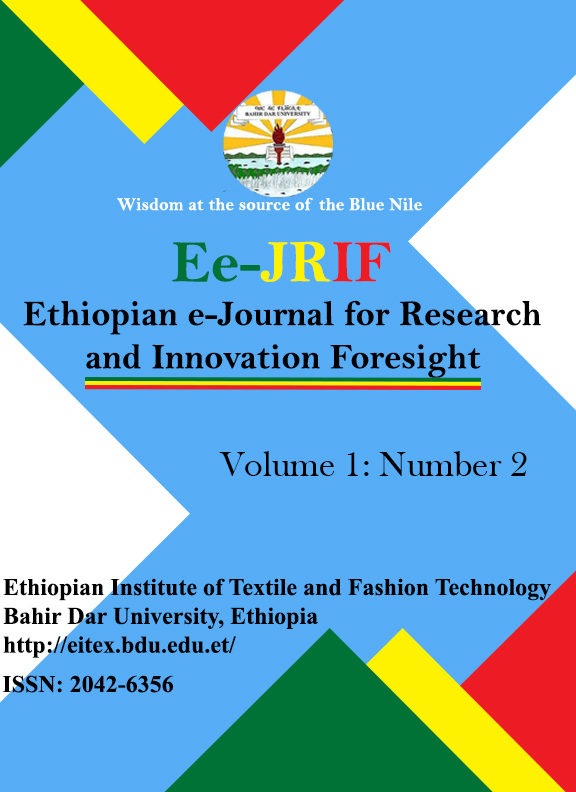Ethiopia’s Progress towards the Millennium Development Goals (MDGs) for HIV/AIDS
Abstract
Objective: The objective of the study is to project HIV/AIDS incidence and prevalence in Ethiopia for the year 2015 based on 2005 Ethiopian Demographic and Health Survey data (EDHS 2005) and other relevant data sets obtained from various research institutions with a view to assess the impact of HIV/AIDS and poverty on the likelihood of meeting Goal 6, Target 7 of the millennium development goals (MDGs).
Methods: Econometric and bio-statistical analyses are performed based on descriptive, cross-sectional (2005) and longitudinal (1980 to 2015) data sets. The methods of study are mostly quantitative (descriptive statistics, graphical methods, multiple linear regression including time series analyses). A few qualitative methods have been employed to supplement results of quantitative approaches. HIV/AIDS incidence and prevalence of the years 1980 to 2015 have been estimated and projected. Multivariate analyses are done using socio-economic, demographic and health related variables affecting Ethiopians’ economic and health conditions.
Variables: For the years 1996 to 2005, the impact of the HIV/AIDS epidemic on the Ethiopian GDP is estimated using predictor variables such as infant mortality rate, observed HIV/AIDS incidence, population size, dependency rate, health sector expenditure, gross national investment, life expectancy and others dropped by the elimination process. The effects of economic and health indicators (GDP, infant mortality rates, AIDS cases, health sector expenditures and crude birth rate) on life expectancy have been also analysed separately.
Results and conclusion: Based on EDHS 2005, the prevalence of HIV/AIDS among the adult Ethiopian population is estimated to be 1.5 % for 2005 (raging 0.9 -5%) and projected to be 3% (ranging 2.8 - 3.8%) for 2015. It is also projected that new infection will be observed up until 2015 that will further exacerbate the prevailing vicious circle of poverty in the country. As a result, Ethiopia will not be able to meet the MDGs for HIV/AIDS by the year 2015 unless drastic measures are taken to improve the intervention levels, the quality of health services and the poverty in areas severely affected by the epidemic. The study has also shown that the factors most responsible for the observed failure to meet the MDGs is the absence of effective strategy on how to address the lack of basic health services and the abject poverty among the general population. Thus, there is a dire need for coherent and clear strategy in which the spread of HIV/AIDS can be curbed more effectively. HIV/AIDS programs must be integrated with poverty eradication and education. Further recommendation is made for implementation of government-led participatory monitoring and evaluation as well as SMART intervention programmes funded adequately by the national government along with empowering the people most severely affected by the spread of HIV/AIDS, poverty and illiteracy.
Copyright (c) 2009 Ethiopian e-Journal for Research and Innovation Foresight (Ee-JRIF)

This work is licensed under a Creative Commons Attribution-NonCommercial 4.0 International License.

